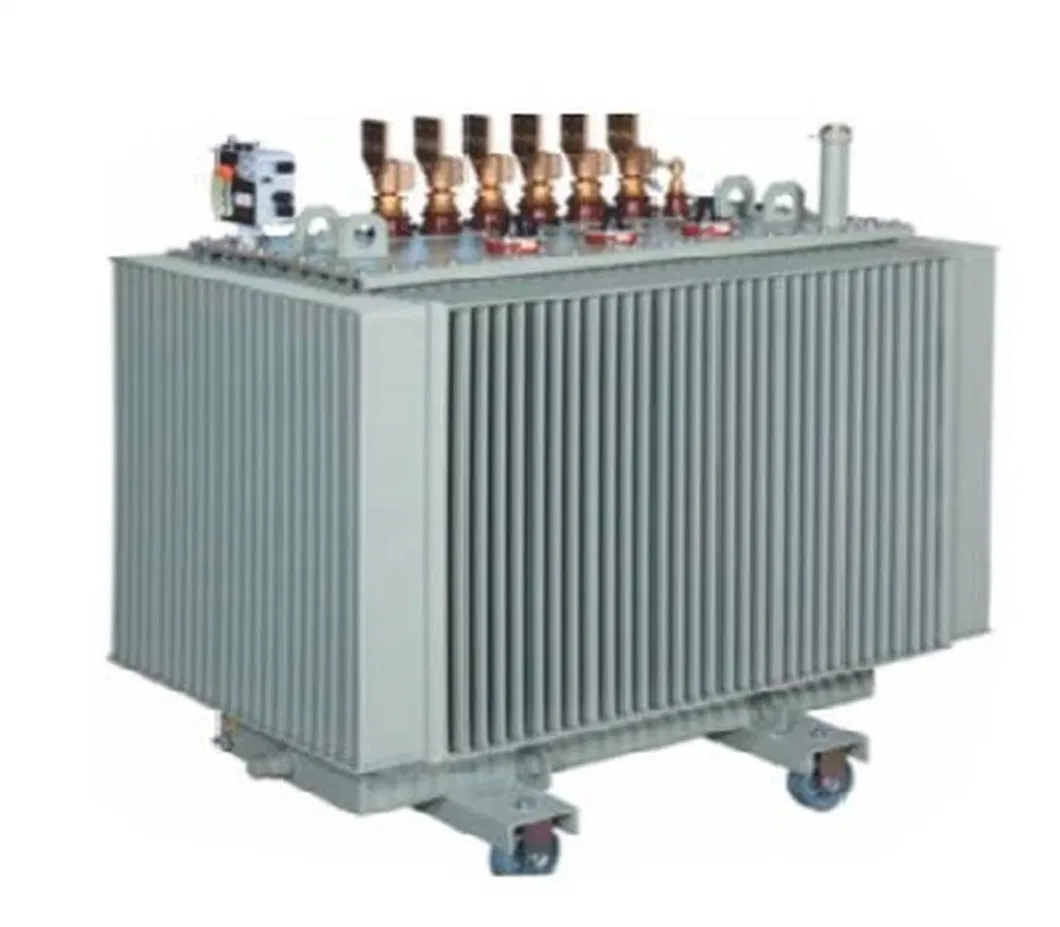Basic Info.
Usage
Rectifier Transformer, Combined Transformer, Power Transformer, Distribution Transformer
Frequency Characteristics
Power Frequency
Shape of Core
Ring
Brand
Dahu
Transport Package
Wooden Box
Trademark
DAHU
Origin
Wenzhou
Production Capacity
20000 Sets/Year
Product Description
Types of Distribution Transformer
Based on the application or requirement, these transformers are categorized into different types like single phase, three phases, underground, pad-mounted, pole-mounted transformers.
The uses of the distribution transformer include the following.
This transformer changes from high voltage electricity to low voltage electricity, used in homes & businesses.
The main function of this is to step down the voltage to provide isolation between two windings like primary & secondary
This transformer distributes the power to remote areas which are generated from the power plants
Generally, this transformer distributes the electrical energy to industries with less voltage under 33KV and 440volts to 220volts for domestic purposes.
FAQs
Which transformer is used in an electrical distribution system?
A step-down transformer is used in an electrical distribution system
2). What is the difference between distribution & power transformer?
The power transformer is used in transmission networks with high voltages whereas a distribution transformer is used in low voltage distribution networks.
3). What are the types of transformers?
The different types of transformers are step up, step down, power, distribution, instrument, potential, comprising current, single-phase, 3-phase, auto, etc.
4). Why transformers are rated in kVA?
Because they do not change the power factor (PF) of their output power.
5). What is the formula for kW to kVA?
Apparent power (kVA) = Actual power (kW) / power factor (pf)
Thus, this is all about an overview of the distribution transformer. It is used to distribute the electrical energy in industries with a voltage less than & 440v to 220v for domestic purposes. It works with less efficiency and they are small in size, easy to install, include low magnetic losses.
What is a Distribution Transformer?
Unlike a power transformer, distribution transformers serve for circulation purposes. Such equipment will, therefore, bring down (step down) the voltage and incidental level of a power transmission line to a predetermined scale. This predefined level is also referred to as the end-user safety level, either for domestic consumers or for industrial purposes.
Though similar in stature to a power transformer, a distribution transformer's voltage range varies between 33kV to 430V.





Based on the application or requirement, these transformers are categorized into different types like single phase, three phases, underground, pad-mounted, pole-mounted transformers.
The uses of the distribution transformer include the following.
This transformer changes from high voltage electricity to low voltage electricity, used in homes & businesses.
The main function of this is to step down the voltage to provide isolation between two windings like primary & secondary
This transformer distributes the power to remote areas which are generated from the power plants
Generally, this transformer distributes the electrical energy to industries with less voltage under 33KV and 440volts to 220volts for domestic purposes.
FAQs
Which transformer is used in an electrical distribution system?
A step-down transformer is used in an electrical distribution system
2). What is the difference between distribution & power transformer?
The power transformer is used in transmission networks with high voltages whereas a distribution transformer is used in low voltage distribution networks.
3). What are the types of transformers?
The different types of transformers are step up, step down, power, distribution, instrument, potential, comprising current, single-phase, 3-phase, auto, etc.
4). Why transformers are rated in kVA?
Because they do not change the power factor (PF) of their output power.
5). What is the formula for kW to kVA?
Apparent power (kVA) = Actual power (kW) / power factor (pf)
Thus, this is all about an overview of the distribution transformer. It is used to distribute the electrical energy in industries with a voltage less than & 440v to 220v for domestic purposes. It works with less efficiency and they are small in size, easy to install, include low magnetic losses.
What is a Distribution Transformer?
Unlike a power transformer, distribution transformers serve for circulation purposes. Such equipment will, therefore, bring down (step down) the voltage and incidental level of a power transmission line to a predetermined scale. This predefined level is also referred to as the end-user safety level, either for domestic consumers or for industrial purposes.
Though similar in stature to a power transformer, a distribution transformer's voltage range varies between 33kV to 430V.










